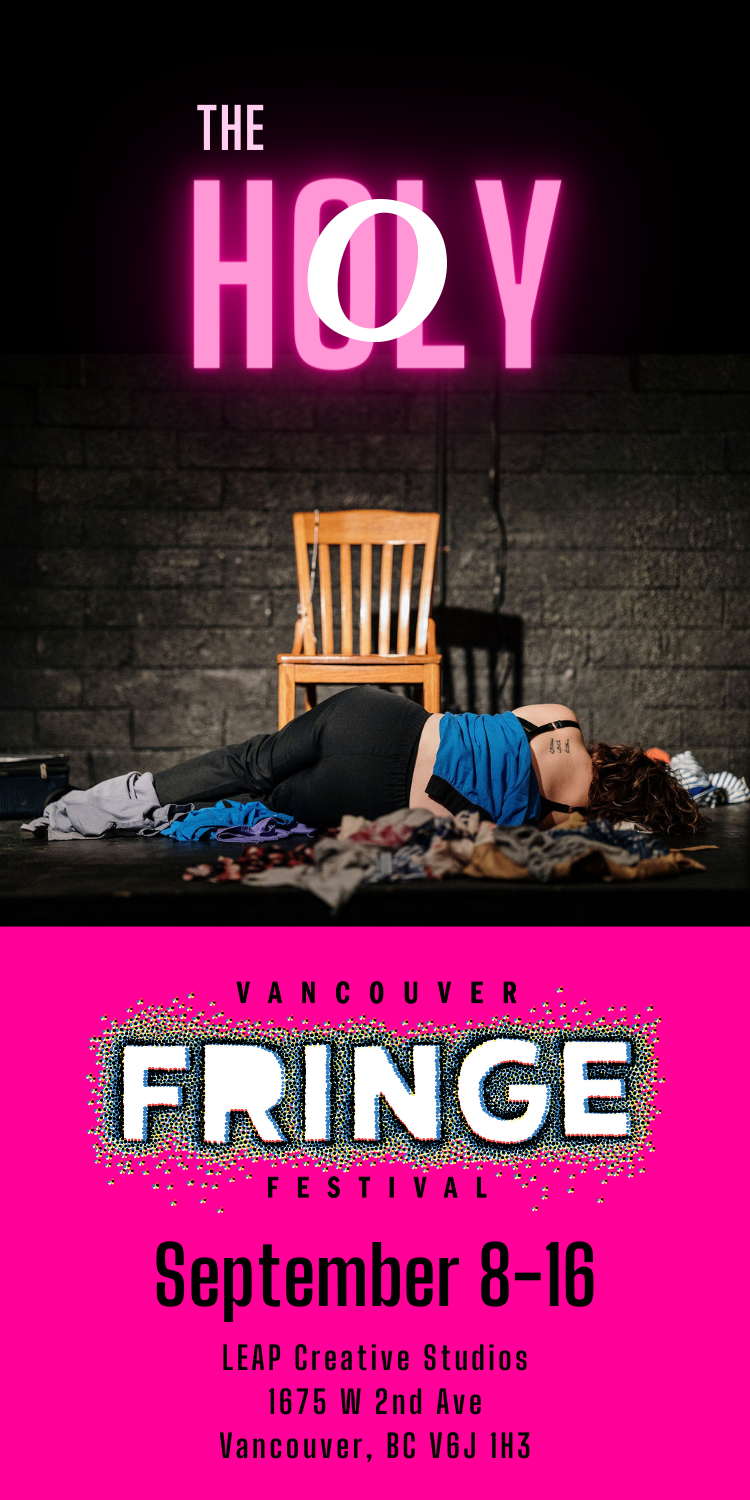At the risk of sounding trite, 2020 has been a year of not only personal and global pause but one of intense introspection for many people. I chewed on this notion the other day as I poked around the endless cavern of my algorithm littered YouTube. While there, I found myself watching hour long clumps of old Christmas television commercials from the 80’s, 90’s and early 2000’s for no apparent reason other than falling victim to the seductive yet misguided trappings of holiday nostalgia. Not a stranger to this particular activity, I didn’t think much of it—as a former student of marketing and consumer behaviour, the fine (and lost) art of the television commercial has always served as a point of fascination for me.
As I scrolled through the comments section, reading yearning after wistful yearning, I soon realized that I was not the only one lost in a sea of Christmas remembrance. And what I found most interesting was that a good majority of these comments ranged from as current as a week ago to as far back as nine months. In other words, the beginning of the pandemic.
Research on the subject of nostalgia has shown that a yearning for the past, in this particular way where it is valorized or put on some kind of a pedestal, is especially likely to occur in periods of great transition and it goes without saying that we are in a period of great transition.
Commercials are an especially interesting piece of contemporary ephemera to look at right now; a veritable matryoshka doll of obsolescence, an expired medium nested in the concave depths of time passed. Cheerful thought, isn’t it!
Aside from the sentimentality of it all, it does make sense why these 30 to 60 second product snapshots and so darn compelling. In his book “Culture and the Ad: Exploring Otherness in the World of Advertising,” William O’Barr, a professor emeritus of cultural anthropology at Duke University says, “(The commercial is) kind of like a morality play, because it has a moral to it, but the moral has a selling message.”
For years, commercials have been a somewhat distorted mirror reflecting certain cultural values in our society, specifically North America. And while we watch them now it’s easy to be duped by their perceived comfort and inherent coziness, peddling the at times saccharine message that these were “the good old days;” an era when North Americans consumed the same, steady diet of a few dozen television channels, and blockbuster movies. I won’t lie, there was something about this dynamic that enabled connection, unlike our present day where the age of information, social media and science deniers have each of us siloed off into our own alternate digital realities.
Not only that though, it was a time when department stores still had legitimacy, fast food chains were more carnival than commissary and the marketing pockets of corporations were deep enough to pay the likes of high-profile celebrities such as Michael Jordan, Tiger Woods, Cindy Crawford, and Ray Charles (who could forget his You Got the Right One, Baby, Uh Huh earworm of a Pepsi jingle that ran for nearly three years).
It’s so easy to fall into the mindset that this was somewhat of a golden age. But that’s the thing with capitalism; for all its greed, soulless pursuits and tricks of the hand it sure comes in a glittering package doesn’t it? And the more I stop myself from falling into that trap, the more I persist in questioning what it is I am actually looking at. Subsequently, I remind myself that a lot of these commercials are a fairly accurate reflection of a lot of the fractures in our collective culture, especially in regard to depicting gender (think “girl’s toys vs. boy’s toys”) and race (most commercials were white washed unless the product was positioned with diversity in mind).
But taking human nature and psychology into account it is a fact that our minds will reach for positive memories of the past, memories that tend to be more crystalized than the negative or neutral ones. This is especially true when mixed with the intoxicating sentimentality and almost drug like effect that the holiday season offers.
If it were any other year I might have been too busy or distracted to really sit with these nuanced matters; nonetheless they are facts to be aware of in a time when many of us are lonely, vulnerable and susceptible to hagiography.
So on that note, I call to mind an important question and first line of a recent poem by Domenica Martinello;
What good is a backward glance?




